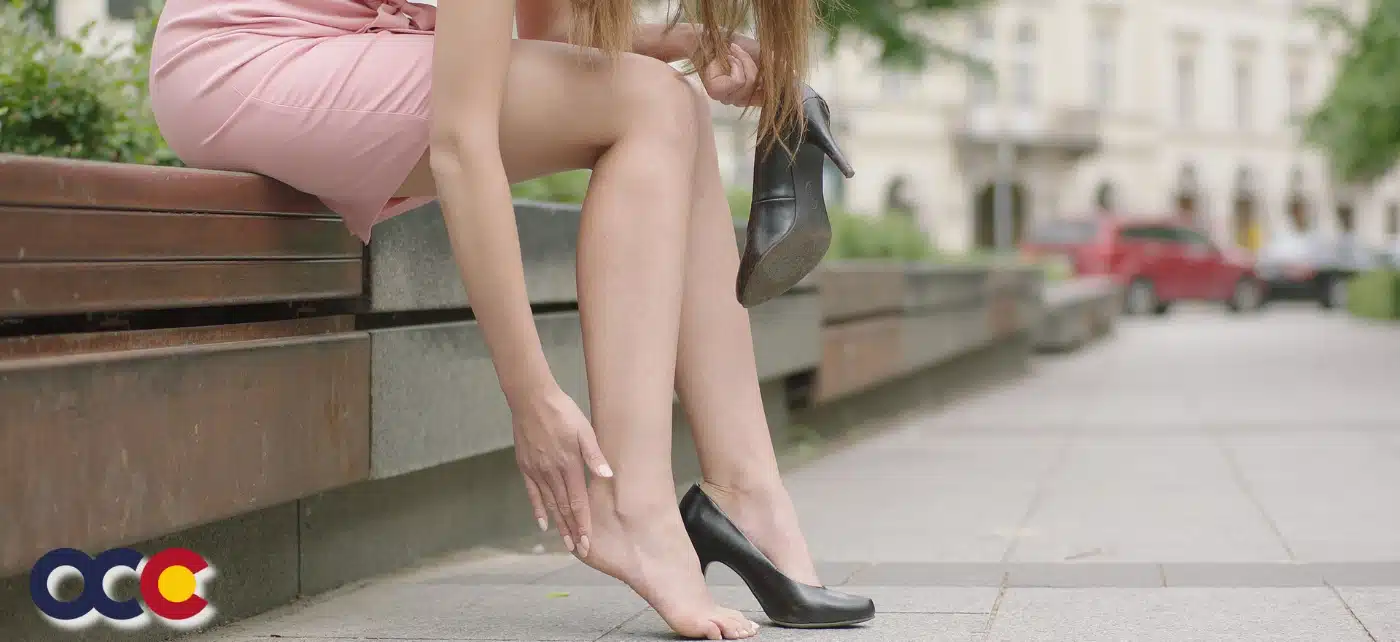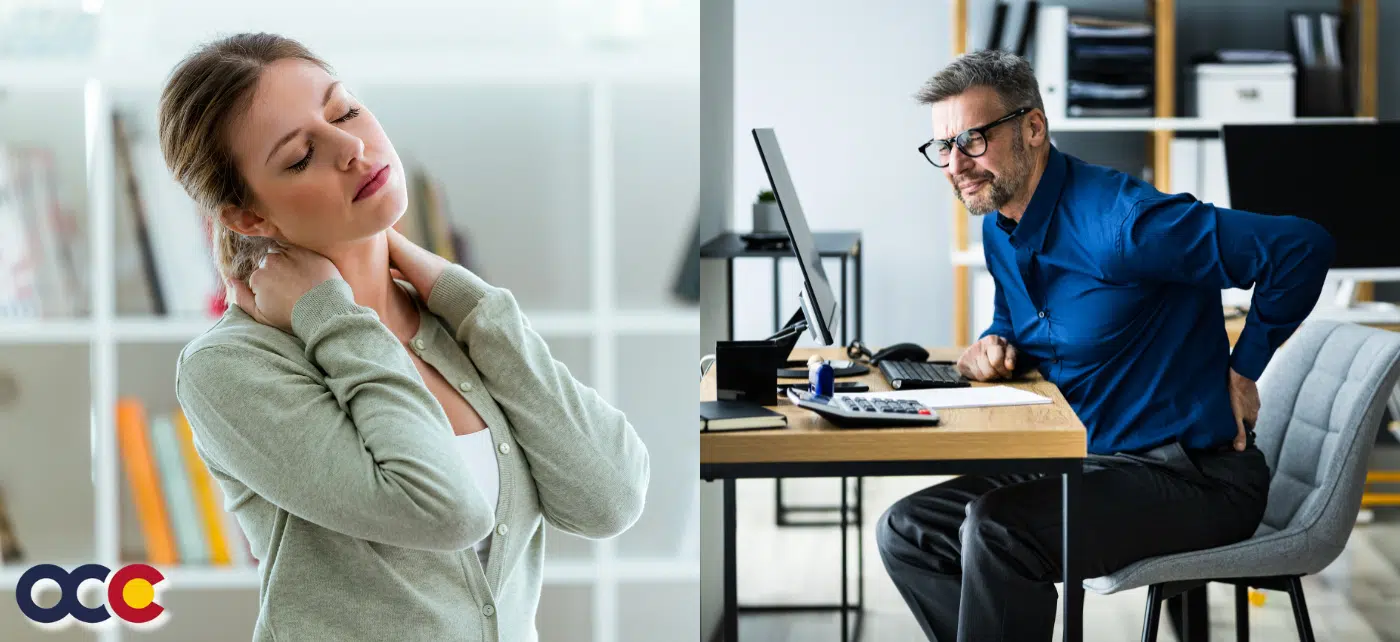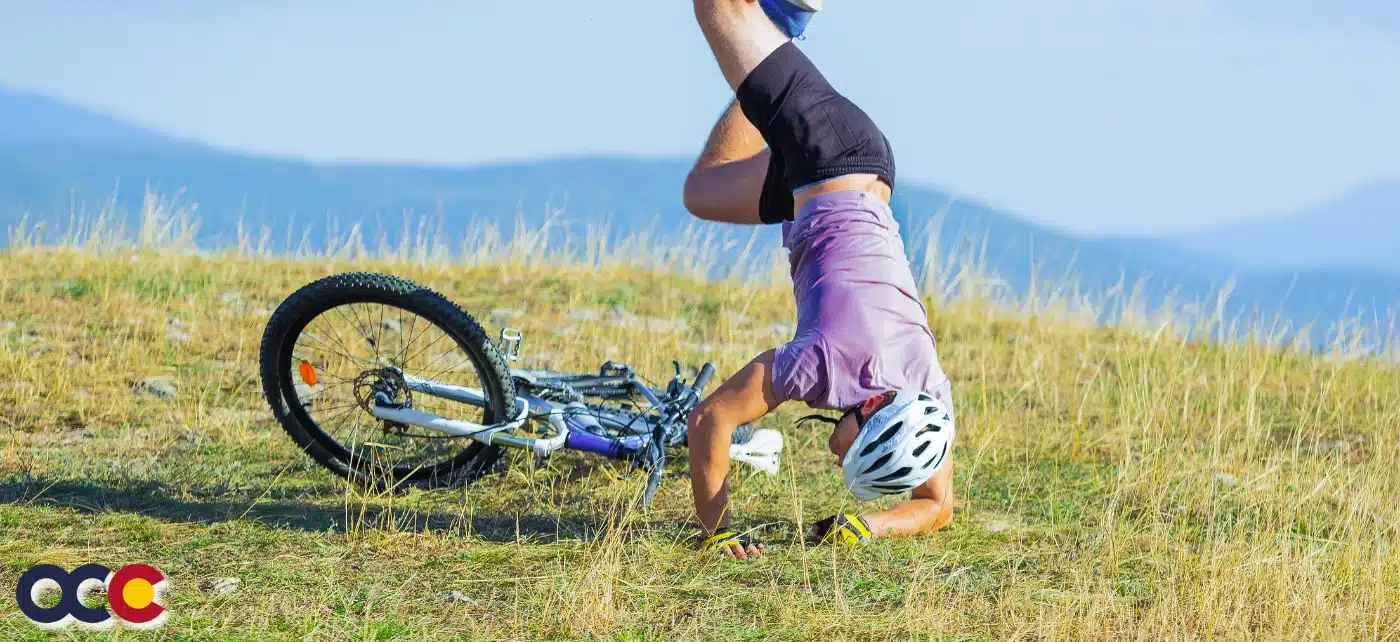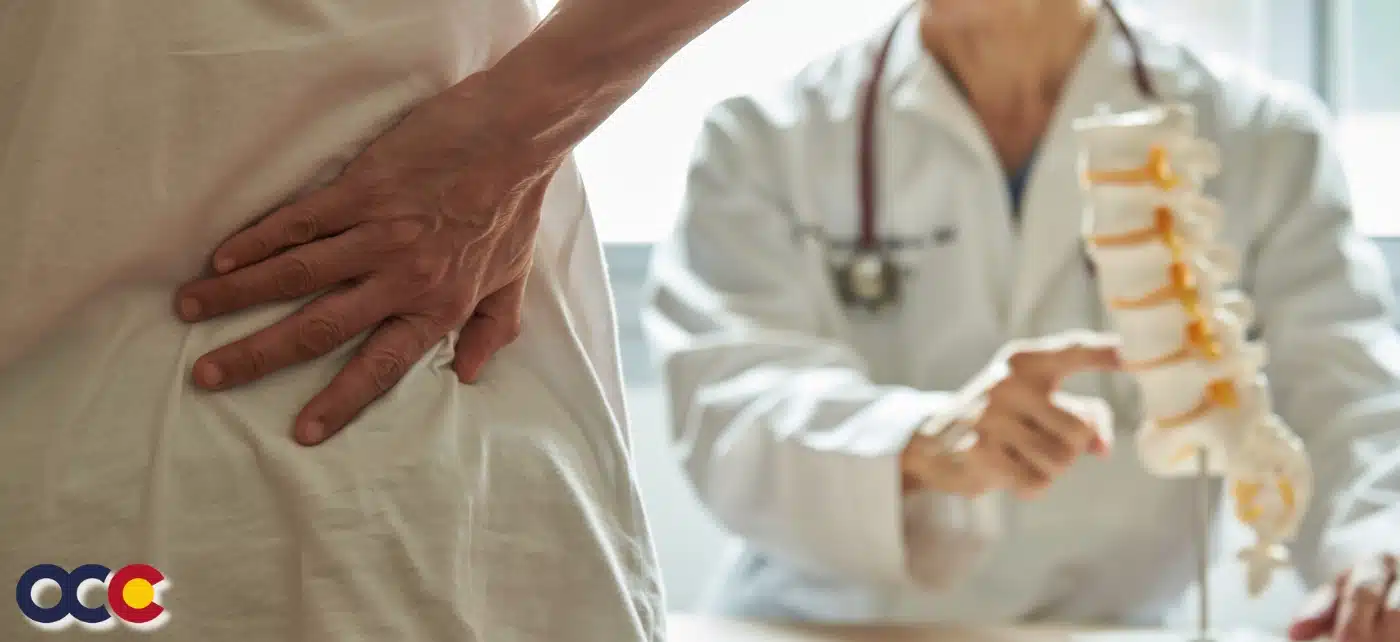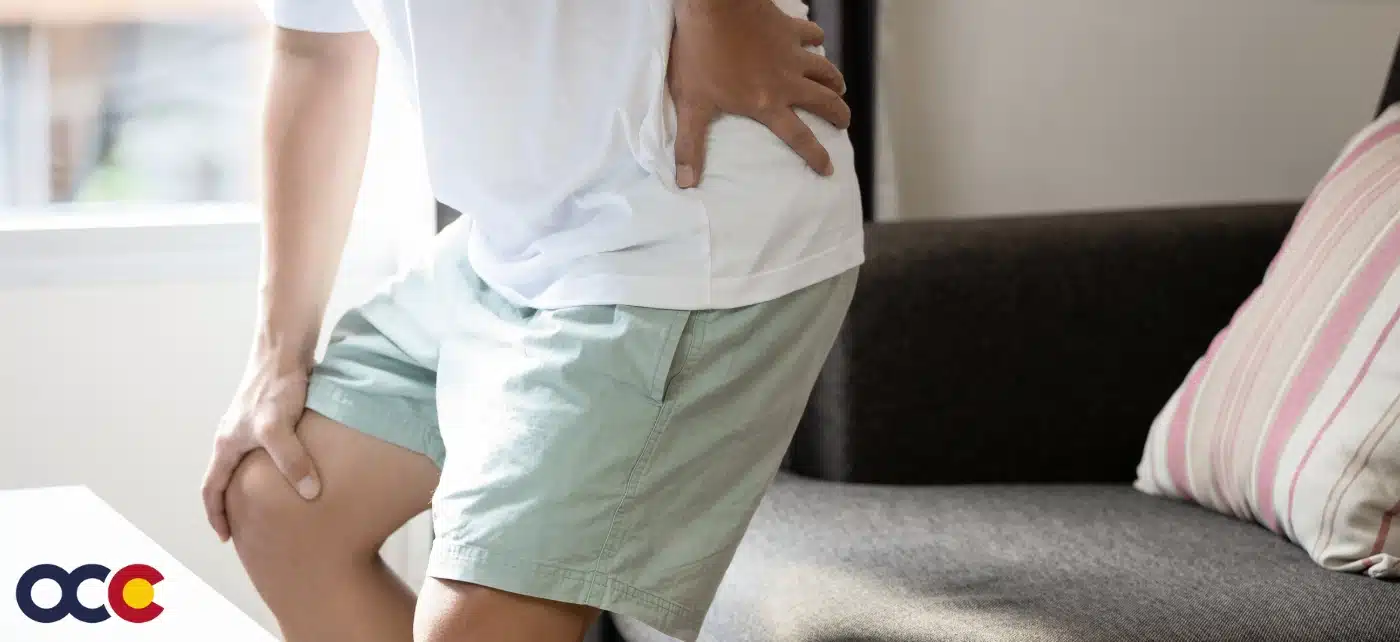 It’s back to school time! Kids across Colorado are heading back to school and most are carrying a heavy load. And those shoulders aren’t slumped just because the carefree days of summer are over.
It’s back to school time! Kids across Colorado are heading back to school and most are carrying a heavy load. And those shoulders aren’t slumped just because the carefree days of summer are over.
Kids of all ages are lugging heavy backpacks full of books, school work and sports equipment – and they often tip the scales at 30 pounds or more! “That’s far too much weight for most children’s frames to bear,” says Advanced Orthopedics and Sports Medicine spine specialist Dr. Michael Shen. “And the manner in which many kids wear their packs can compound the problem.”
Even as some learning materials have transitioned to digital formats that can be read on much lighter e-readers and iPads, weighty books and other school supplies are still common causes of back pain in kids and teens. In fact, an American Academy of Orthopedic Surgeons survey says nearly 60 percent of orthopedists were seeing pediatric patients with back and shoulder pain caused by heavy backpacks.
So how serious is the problem? And what can families do about it? “It’s clear that the short-term effects are real,” says Dr. Shen. “Kids are feeling the pain in their shoulders, spine and neck – all of which can impact their ability to concentrate at school or even hinder athletic performance.”
What’s not clear is the longer-term impact of toting a heavy load. “There are no scientific studies that make a connection between wearing heavy backpacks and long-term or later-in-life back problems,” says Dr. Shen. “But we do know that recurrent muscle strains, ligament sprains, postural changes in kids can have long-term ramifications. Chronic inflammation in any body part due to repetitive injuries is well known to cause structural changes and scarring, which can affect kids when they become adults.”
Choose the right pack: Choose a backpack with two straps that position the pack squarely in the middle of the back. This supports spine alignment and allows the strongest back and shoulder muscles to do most of the work. Dr. Shen also recommends favoring packs that fit the scale of the child. Don’t send your 10-year-old to school with an oversized camping pack or an adult-sized bag. Make sure the straps are high quality and include ample padding so that fully loaded bags don’t dig into shoulders.
The right way to shoulder the weight: (with image)
Avoid wearing backpacks on one shoulder. This puts stress on the middle back, as muscles try to balance the uneven weight. Over time, this habit can lead to muscle and spine pain and potentially contribute to later-in-life back problems. With both straps on the shoulders, make sure that the backpack is fitting snug against the body, not hanging loose.
How heavy is too heavy?
Dr. Shen cautions that each child is different, but common sense and general rules of thumb are a good place to start. Physicians from the American Academy of Orthopedic Surgeons survey said that carrying about 20 percent of a child’s body weight should be the limit. The bottom line is that if your child is in pain, the pack is probably too heavy.
Strategies to lighten the load:
- Pack smart: Avoid the habit of using your backpack as a mobile library. If you don’t use your science book every day, leave it at home when you can.
- Separate your stuff: Try to break your belongings into more than one bag, and store one in a locker, when available. For example, sports equipment and an end of day snack in one bag, and school books plus lunch in another.
- Take breaks: If you must wear a heavy backpack, try to put it down when given the opportunity. Avoid waiting in line with the pack slung over one shoulder, for example.
Dr. Michael Shen is fellowship trained and board certified in Orthopedic Spine Surgery. He uses the most recent conservative methods and surgically the most up-to-date technology and techniques to treat all disorders of the neck, mid-back and lower back.

